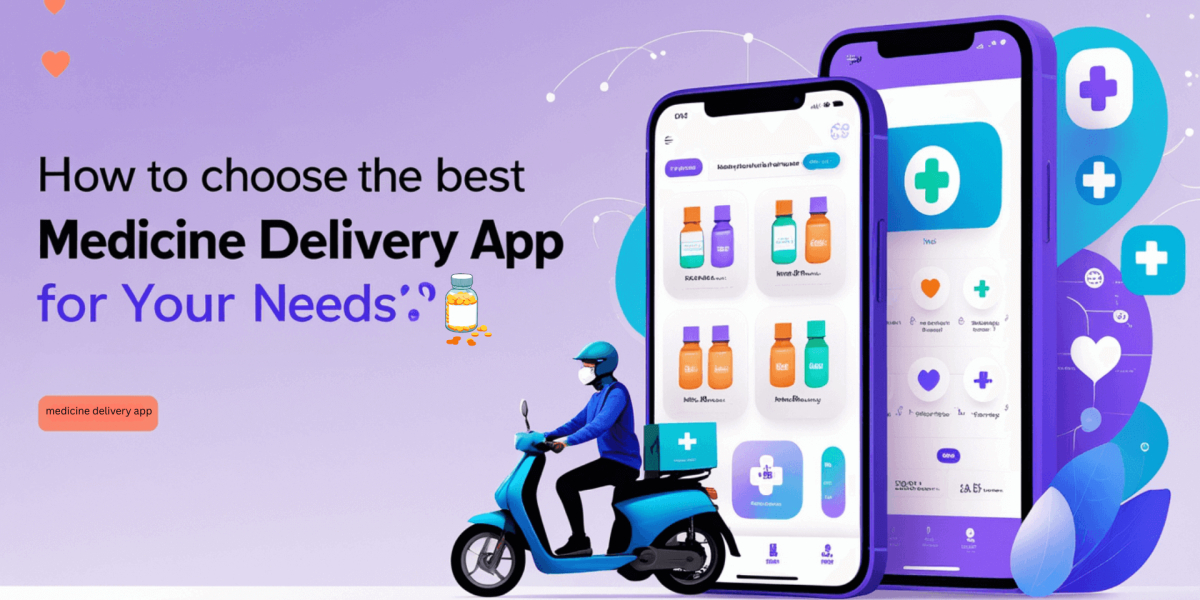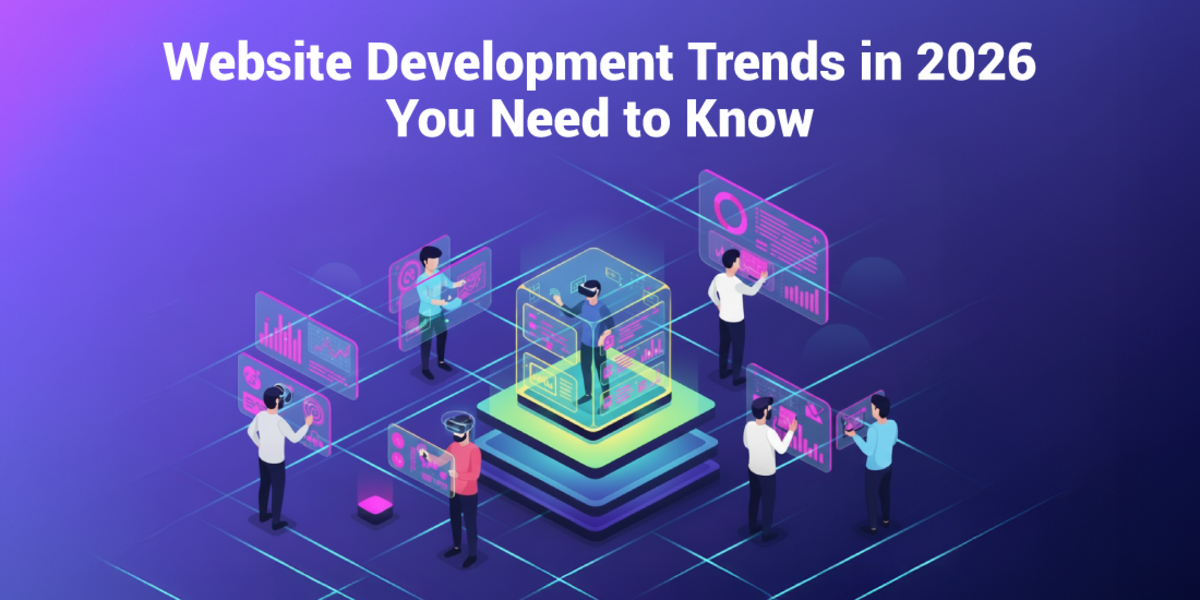An Introduction to Predictive Analytics and Its Applications in Marketing
- By Genalyn Miranda
- 08-12-2023
- Digital Marketing

In the ever-evolving and competitive landscape of contemporary business, relying solely on intuition to navigate the complexities of the market is similar to sailing without a compass. To keep pace and surge ahead of competitors, businesses must adopt a strategic approach founded on the bedrock of data-driven insights. At the forefront of this transformative shift is the indispensable tool known as predictive analytics. This cutting-edge technology is not just a luxury for large corporations; it is a dynamic force that empowers businesses of all sizes and tiny enterprises to proactively chart their course in the market.
Predictive analytics serves as a beacon for businesses, illuminating the path to success through its ability to foresee trends, unveil complicated patterns in consumer behavior, and facilitate well-informed decision-making. In essence, it transforms the unpredictable nature of the market into a navigable terrain, allowing businesses to anticipate shifts in demand, adapt to evolving consumer preferences, and tailor their strategies with a precision that was once considered elusive.
Adopting predictive analytics becomes a game-changer for small enterprises, often constrained by limited resources and heightened uncertainty. It levels the playing field by providing access to insights once the exclusive domain of more giant corporations with extensive research and development budgets. This democratizing data-driven decision-making is pivotal for small businesses seeking survival and sustainable growth in an environment where agility and adaptability are paramount.
This article embarks on a journey to demonstrate predictive analytics, offering a comprehensive introduction that transcends the technical jargon and delves into its practical applications, particularly within the marketing domain. By unraveling the difficulties of predictive analytics, we aim to empower small businesses with the knowledge to harness this transformative tool, turning data into a strategic asset that propels them forward in a fiercely competitive marketplace.
Understanding Predictive Analytics
What is Predictive Analytics?
Predictive analytics involves using data, statistical algorithms, and machine learning techniques to identify the likelihood of future outcomes based on historical data. It enables businesses to predict trends and behavior, providing a valuable foundation for strategic planning.
How Does Predictive Analytics Work?
At its core, predictive analytics relies on historical data to identify patterns and trends. The system can then make predictions about future events by employing advanced algorithms. This process involves several key steps:
- Data Collection: Gathering relevant data from various sources is the first step. This data could include customer demographics, purchase history, and online behavior.
- Data Analysis: Analyzing the collected data helps identify patterns and correlations. This phase often involves statistical analysis and machine learning techniques to uncover hidden insights.
- Modeling: Creating a predictive model involves using the analyzed data to develop prediction algorithms. This model evolves as it encounters new data, ensuring its ongoing accuracy.
- Deployment: Once the model is ready, it analyzes new data and makes predictions. Businesses can then use these predictions to inform decision-making processes.
Applications of Predictive Analytics in Marketing
-
Customer Segmentation
Predictive analytics allows businesses to divide their customer base into segments based on shared characteristics and behaviors. This segmentation enables targeted marketing strategies, ensuring personalized messages resonate with specific customer groups.
-
Personalized Marketing Campaigns
Understanding customer behavior through predictive analytics enables businesses to create highly personalized marketing campaigns. Companies can increase engagement and drive conversion rates by tailoring messages to individual preferences.
-
Churn Prediction
Retaining existing customers is often more cost-effective for small businesses than acquiring new ones. Predictive analytics helps identify customers at risk of churning, allowing enterprises to implement targeted retention strategies.
-
Product Recommendations
E-commerce businesses, in particular, can benefit from predictive analytics by offering personalized product recommendations. Companies can suggest products that align with customer preferences by analyzing past purchases and browsing behavior.
-
Pricing Optimization
Setting the right price for products or services is crucial. Predictive analytics can analyze market trends, competitor pricing, and customer behavior to help businesses optimize their pricing strategies for maximum profitability.
-
Lead Scoring
In the realm of B2B marketing, identifying high-value leads is essential. Predictive analytics can assign scores to information based on their likelihood to convert, enabling sales teams to prioritize their efforts on leads with the highest potential.
-
Campaign Performance Analysis
After launching marketing campaigns, businesses can use predictive analytics to assess their performance. By analyzing the success factors and identifying areas for improvement, companies can refine their strategies for future campaigns.
Emerging Trends in Predictive Analytics for Marketing
As businesses continue to embrace the power of predictive analytics, staying abreast of emerging trends becomes paramount. Here, we explore the latest developments in predictive analytics for marketing, providing insights into how small businesses can leverage these trends to gain a competitive edge.
-
AI and Machine Learning Integration
Integrating artificial intelligence (AI) and machine learning (ML) algorithms revolutionizes predictive analytics. Small businesses can benefit from these technologies to enhance the accuracy of predictions, automate decision-making processes, and uncover deeper insights from their data.
-
Predictive Lead Scoring 2.0
While traditional lead scoring methods have been effective, the next wave of predictive lead scoring takes it further. By incorporating real-time data and behavioral analytics, businesses can more accurately identify leads most likely to convert, enabling a more targeted and efficient sales approach.
-
Cross-Channel Marketing Optimization
With consumers engaging across multiple channels, from social media to email and beyond, predictive analytics is evolving to offer a holistic view of customer interactions. Small businesses can leverage cross-channel analytics to optimize their marketing strategies, ensuring a seamless and personalized experience for customers across all touchpoints.
-
Dynamic Pricing Strategies
Dynamic pricing, already a staple in e-commerce, is evolving with predictive analytics. Businesses can now dynamically adjust prices based on real-time market conditions, competitor pricing, and individual customer behavior. This level of pricing agility allows small enterprises to maximize revenue and stay competitive.
-
Sentiment Analysis for Enhanced Customer Engagement
Understanding customer sentiment is crucial for effective marketing. Predictive analytics and sentiment analysis tools enable businesses to gauge customer reactions to campaigns, products, and brand messaging. Small businesses can use this information to fine-tune their marketing strategies and build stronger connections with their audience.
-
Real-Time Predictions for Instant Decision-Making
In a fast-paced digital landscape, real-time insights are invaluable. Predictive analytics is evolving to provide businesses instant predictions, allowing for on-the-fly decision-making. Small businesses can capitalize on this trend to respond quickly to market changes and capitalize on emerging opportunities.
-
Predictive Analytics as a Service (PaaS)
As cloud computing gains prominence, predictive analytics becomes available as a service. Small businesses can leverage cloud-based predictive analytics solutions to access powerful tools without extensive infrastructure investments. This democratization of predictive analytics enhances accessibility for businesses of all sizes.
By staying informed about these emerging trends, small businesses can position themselves at the forefront of marketing innovation. Embracing the latest developments in predictive analytics ensures a competitive edge and a future-ready marketing strategy that adapts to the market's evolving needs.
Overcoming Challenges in Implementing Predictive Analytics for Small Businesses
While the potential benefits of predictive analytics are vast, small businesses may encounter challenges during the implementation process. Addressing these hurdles is essential to ensure a smooth integration and maximize the advantages of predictive analytics in marketing.
-
Data Quality and Accessibility
One common challenge is ensuring the quality and accessibility of data. Small businesses may need more resources to collect and maintain extensive datasets. Implementing data hygiene practices and investing in tools that facilitate data accessibility can help overcome this hurdle.
-
Skill Gap and Training Needs
The technical nature of predictive analytics may pose a challenge for businesses needing more in-house expertise. Small companies can bridge this gap by training existing staff or outsourcing analytics tasks to experts. Additionally, user-friendly predictive analytics tools are becoming more accessible, catering to businesses with varying technical expertise.
-
Integration with Existing Systems
Integrating predictive analytics into existing systems can be a complex task. Compatibility issues and the need for seamless integration may arise. Small businesses should carefully assess their current infrastructure, explore compatible solutions, and seek assistance from vendors or consultants to ensure a smooth integration process.
-
Cost Considerations
While the benefits of predictive analytics are substantial, the associated costs can concern small businesses with tight budgets. Exploring cost-effective solutions, considering cloud-based options, and prioritizing the most impactful use cases can help enterprises manage costs while reaping the rewards of predictive analytics.
-
Ethical and Privacy Concerns
With the increasing use of customer data, ethical considerations, and privacy concerns come to the forefront. Small businesses must prioritize transparency in data usage, adhere to privacy regulations, and implement robust security measures to build and maintain trust with their customer base.
-
Change Management and Adoption
Introducing predictive analytics may necessitate a cultural shift within the organization. Employees may need time to adapt to data-driven decision-making. Effective change management strategies, communication, and fostering a culture of continuous learning can help small businesses overcome resistance and ensure successful adoption.
-
Measuring ROI and Success Metrics
Quantifying predictive analytics initiatives' return on investment (ROI) can be challenging. Small businesses should define clear success metrics from the outset, such as improvements in customer engagement, increased conversion rates, or enhanced marketing efficiency. Regularly evaluating these metrics will help gauge the impact of predictive analytics on business outcomes.
By proactively addressing these challenges, small businesses can pave the way for successfully implementing predictive analytics in their marketing strategies. Overcoming these hurdles ensures a more seamless and effective utilization of this powerful tool for driving business growth.
The Human Touch in Predictive Analytics
While the power of predictive analytics lies in its ability to crunch vast amounts of data, businesses must maintain sight of the human touch. The insights derived from predictive analytics are most effective when combined with human expertise. Small businesses can leverage these insights to inform decision-making processes, enhance customer relationships, and drive growth.
In conclusion, predictive analytics is a game-changer for small businesses in marketing. By harnessing the power of data, companies can make informed decisions, personalize their marketing efforts, and stay ahead of the competition. As technology continues to evolve, embracing predictive analytics becomes not just a choice but a necessity for those who aim to thrive in the competitive business environment.


.jpg)


